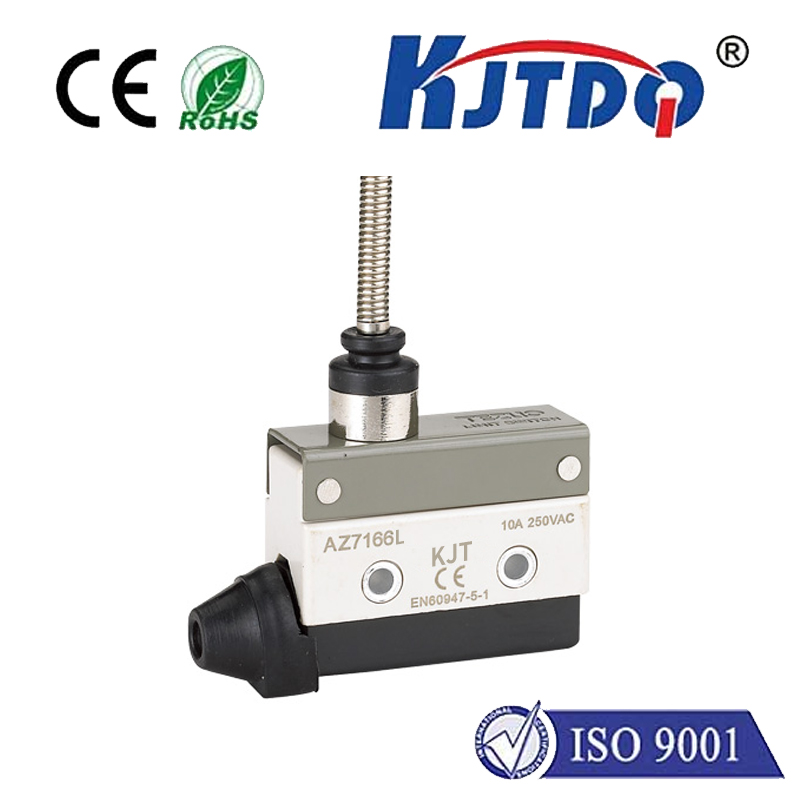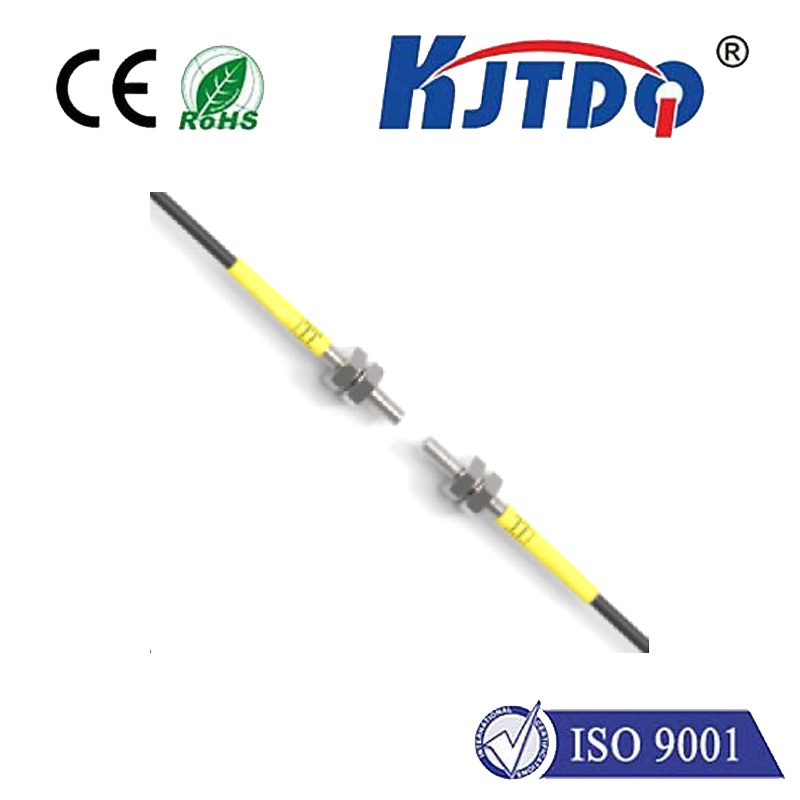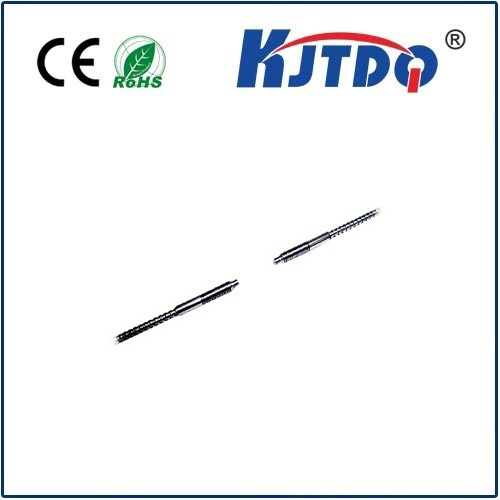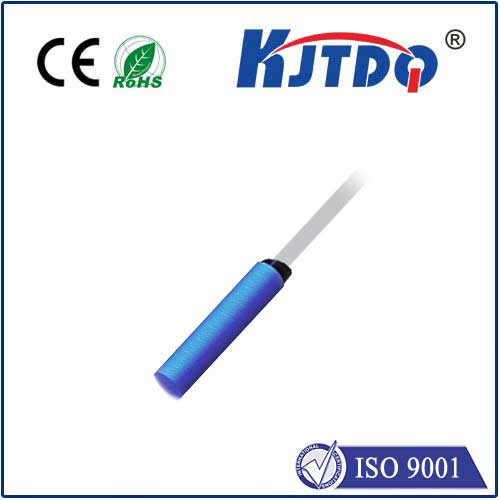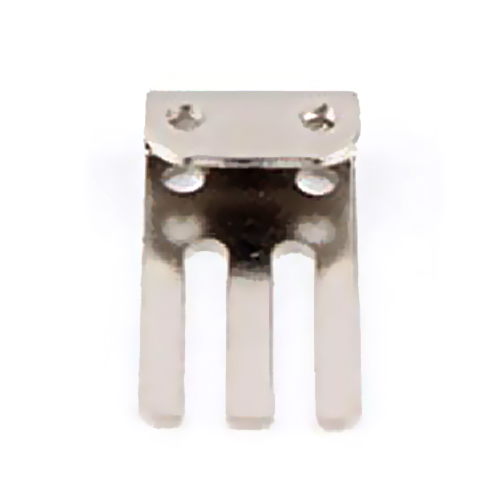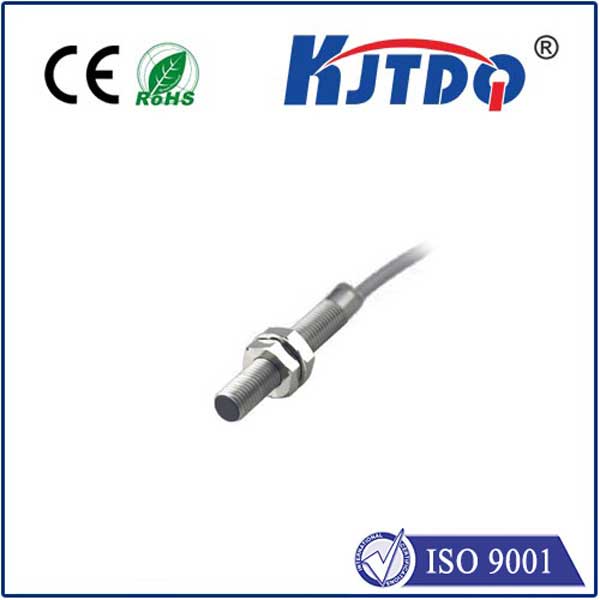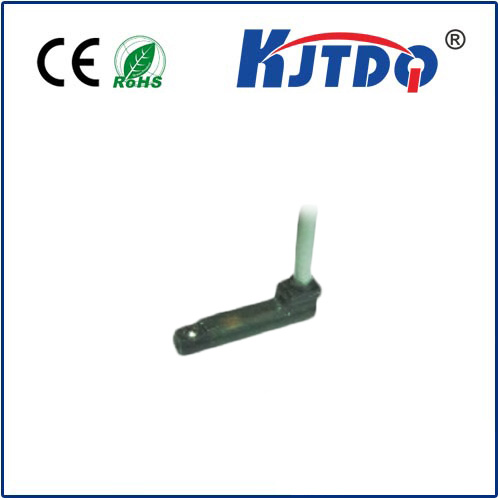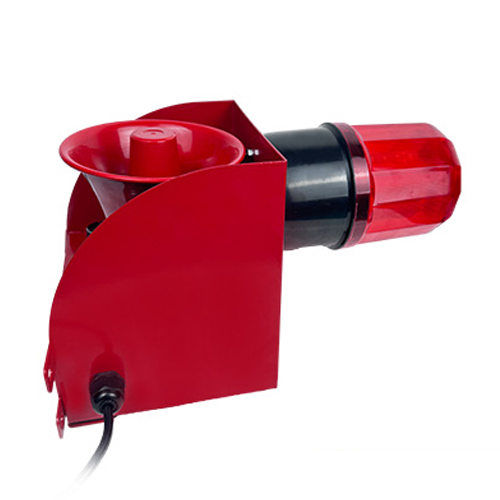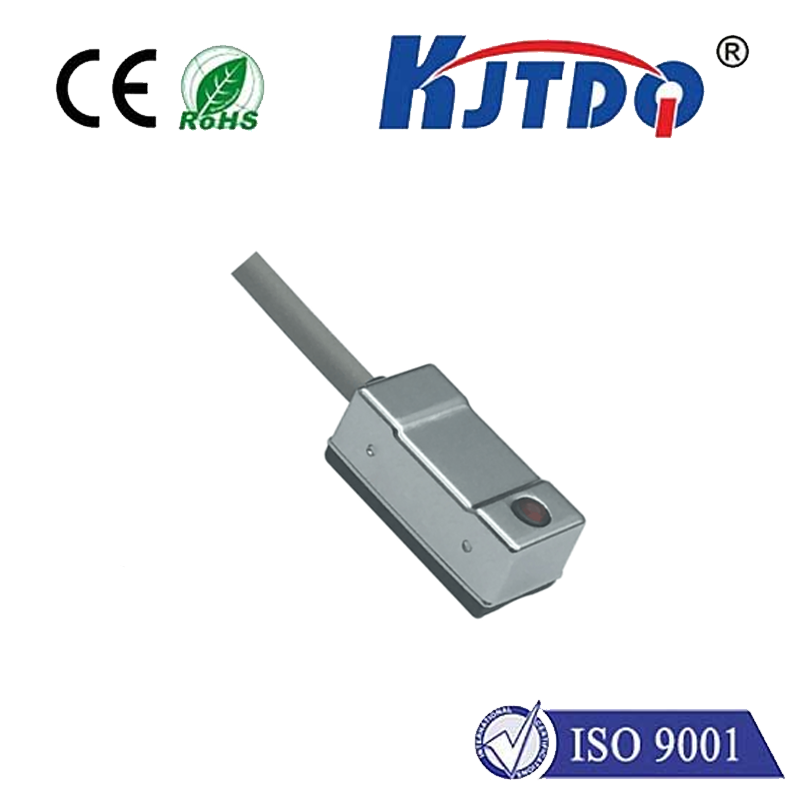Imagine a bustling factory floor. Conveyors hum, robotic arms dance, and packages zip by. Ensuring this complex ballet runs flawlessly often hinges on tiny, silent sentinels: photoelectric sensors. These workhorses detect presence, absence, distance, or color with invisible beams of light. But when choosing your sensors, a fundamental question arises: 2-wire or 3-wire? Understanding this core distinction is critical for efficient, reliable, and safe automation. This guide cuts through the complexity, clearly comparing 2-wire and 3-wire photoelectric sensors to empower your next decision.
The Photoelectric Sensor: Sensing the Invisible
Before diving into wiring, let’s recap the core function. A Фотоэлектрический датчик operates on a simple yet powerful principle. It emits a beam of light (visible, infrared, or laser) towards a target. A receiver then detects changes in this light beam – its presence, absence, intensity, or time-of-flight return – to determine the target’s status. This makes them incredibly versatile for countless industrial applications:

detecting presence or absence)precision counting)monitoring fill levels)ensuring parts are correctly placed)packaging line verification)unauthorized access detection)The Crucial Distinction: Power and Signal Paths
The primary difference between 2-wire and 3-wire photoelectric sensors lies in how they integrate into the control system’s electrical circuit, specifically concerning power supply and the output switch signal.
L+) and one for the load connection (L-/OUT). When the sensor detects its target (or doesn’t, depending on its logic - Light-On/Dark-On), its internal electronic switch closes or opens. This action directly controls the current flow through the entire circuit, powering the load when “on”.typically 1.5V to 4V) across the sensor’s internal switching element, meaning the load sees slightly less than the full supply voltage.Brown (L+): Connect to positive DC voltage (or Phase for AC models).Blue (L-/N): Connect to negative DC voltage (or Neutral for AC models).Black (OUT/NO): The switched output signal (Normally Open configuration is most common). This output only switches the control signal, not the main power path for the load.typically ), preventing false triggering of sensitive PLC inputs.typically ) when “on,” meaning the connected load receives nearly the full supply voltage.Decision Matrix: Choosing Between 2-Wire and 3-Wire Photoelectric Sensors
| Особенности | 2-Wire Sensor | 3-Wire Sensor |
|---|---|---|
| Wires | 2 | 3 |
| Connection Analogy | Wired in series with load (like a switch) | Dedicated power + isolated signal output |
| ток утечки | Significant (can cause issues) | Very Low (usually |
| Voltage Drop (ON) | Higher (1.5V - 4V) | Lower ( |
| Load Requirements | Requires Minimum Load | No Minimum Load Required |
| Max Load Capacity | Lower | Higher |
| Electrical Noise Immunity | Moderate | Higher |
| PLC Input Compatibility | Can be problematic | Excellent (Low leakage ensures no falsing) |
| Drive Higher Loads Directly? | Limited (small relays/indicators) | - Да. (larger solenoids, valves) |
| Complexity & Cost | Simpler, Often Lower Cost | More Complex, Often Higher Cost |
| Ideal For | Simple replacements, low-cost apps, small loads | Modern automation, reliability-critical apps, driving heavier loads, PLCs |
Making the Smart Choice for Your Application
The choice isn’t always black and white. Consider these factors carefully:
